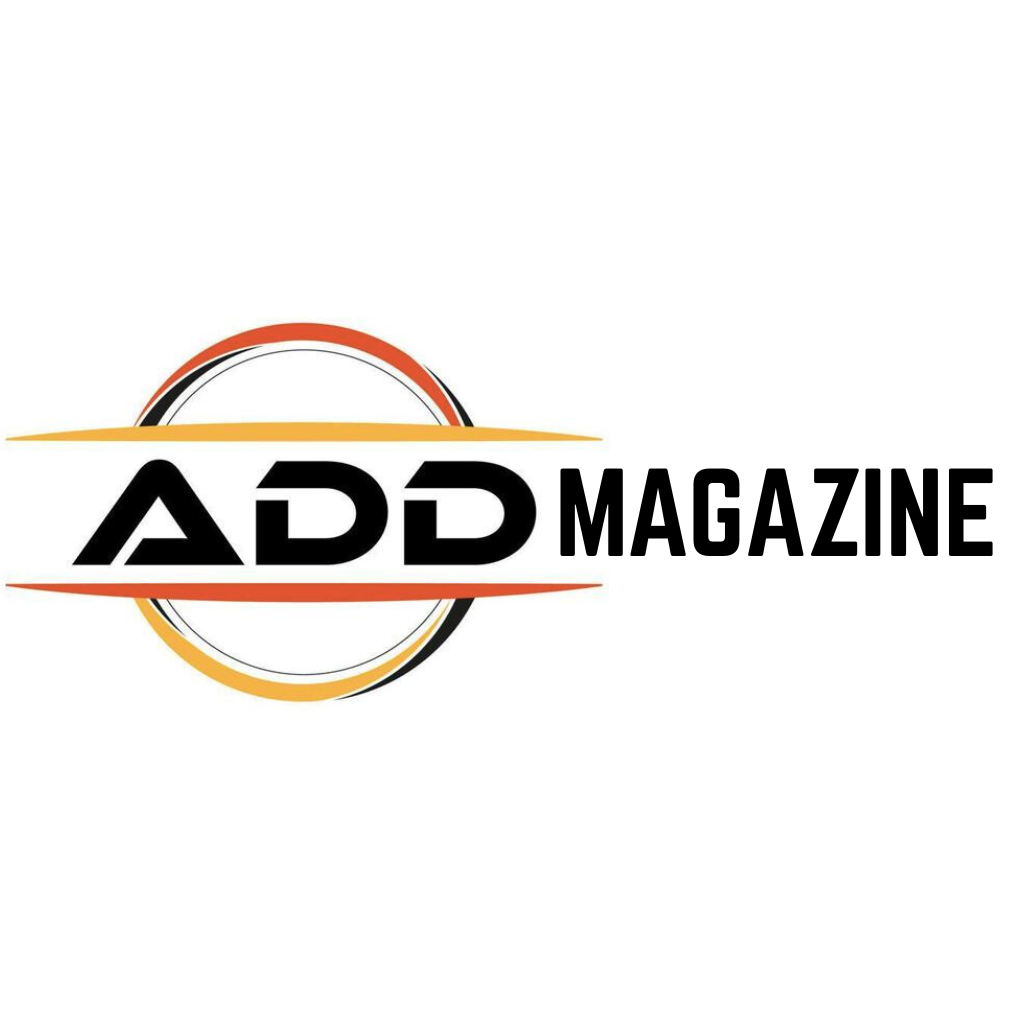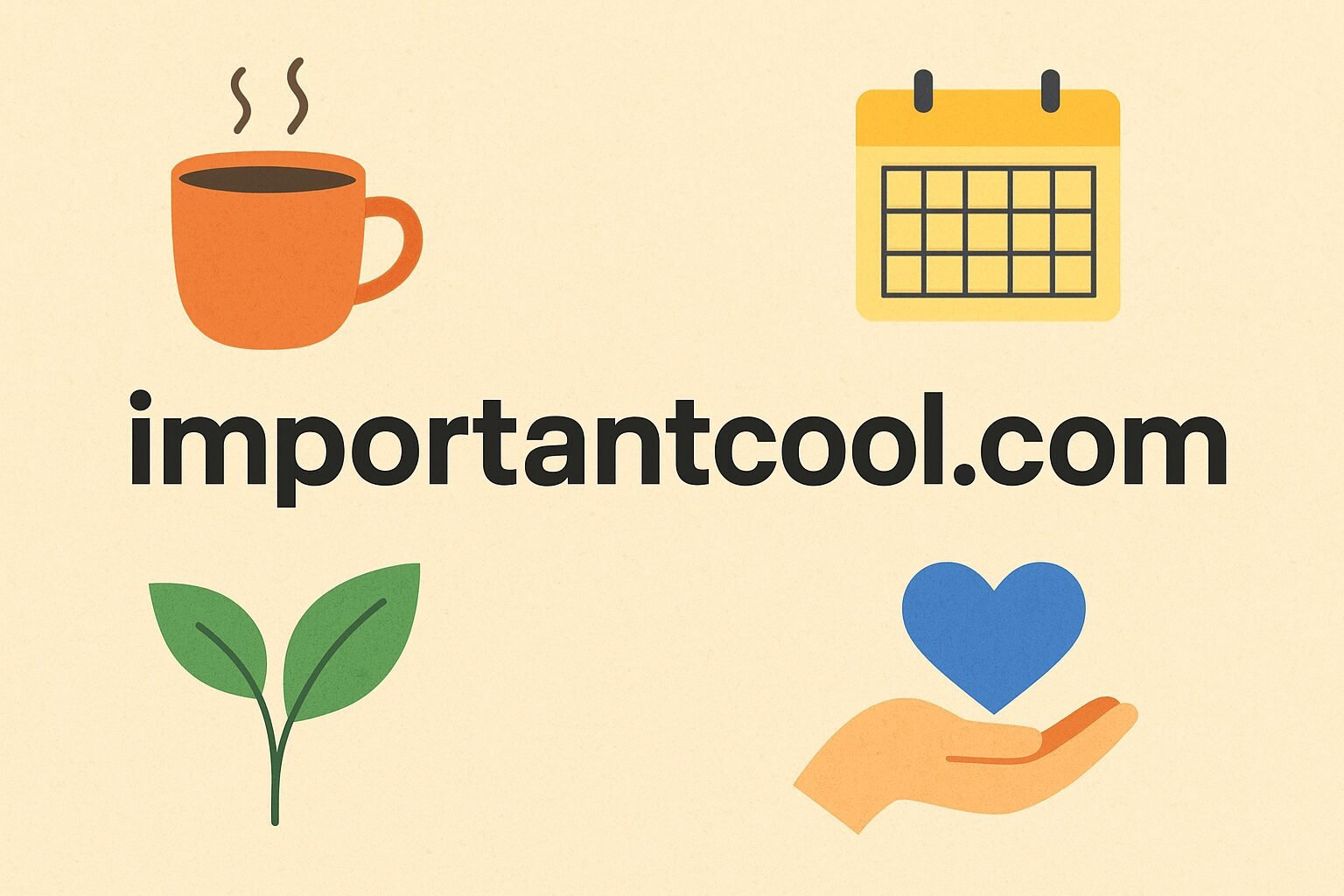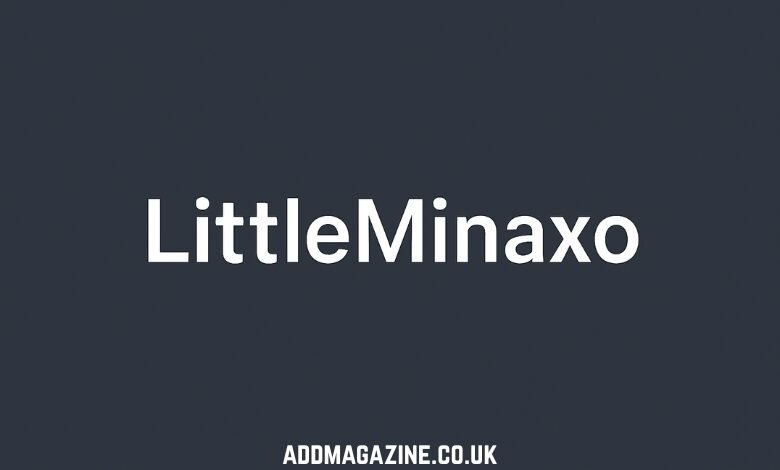Education has always been an evolving process, shaped by societal needs, technological advancements, and shifting perceptions of how best to impart knowledge. While traditional teaching methods have often separated theoretical learning from practical application, a growing trend in contemporary education is pushing for a seamless integration of the two. Enter Duaction, a term that blends “dual” and “action,” representing a methodology that fuses theoretical learning with hands-on experience. The essence of Duaction is simple: learning by doing.
Duaction is not merely a modern innovation, but rather an evolution of ideas that can trace their roots back to ancient educational practices. By providing a framework for learners to engage with both abstract concepts and real-world tasks, Duaction cultivates a deep understanding of material, enhances retention, and develops practical skills essential for success in today’s rapidly changing world.
The Evolution of Duaction: From Ancient Roots to Modern Application
While the term “Duaction” itself is relatively new, the underlying philosophy of integrating theory and practice has been around for centuries. Ancient apprenticeships are one of the earliest examples of this form of learning. In Ancient Egypt, for example, craftsmen would spend years honing their skills under the mentorship of a master, blending observation with direct participation. Similarly, in Ancient Greece, philosophers like Aristotle emphasized praxis, the active integration of theory and practice, as a vital component of personal and intellectual growth. Aristotle believed that knowledge was not only derived from reflection but was also best understood when applied to real-world contexts.
These early practices laid the groundwork for modern Duaction methodologies. However, it wasn’t until the progressive educational movements of the 19th and 20th centuries that the concept began to formalize into a structure we can recognize today. Educators like John Dewey, who advocated for experiential learning, championed the idea that students learn best when they engage in active problem-solving and experimentation, rather than passively receiving information.
The Mechanics of Duaction
Duaction relies on a continuous cycle of learning and doing, with theory and practice reinforcing each other. In a Duaction-driven learning environment, students aren’t simply expected to memorize facts and regurgitate them during exams. Instead, they engage with real-world challenges, apply concepts they’ve learned, and continuously reflect on their experiences to enhance their understanding.
The Duaction model can be broken down into several core components:
- Learning through Action: This involves applying theoretical knowledge to practical scenarios. Whether in a classroom, internship, or on-the-job training, learners are tasked with using what they’ve learned in a hands-on context. This real-world experience helps reinforce the theory and ensures that the learner grasps how knowledge applies in practice.
- Reflection: After performing tasks or solving problems, learners are encouraged to reflect on their actions and outcomes. This reflection helps them analyze what went well, what could be improved, and how their experiences deepen their understanding of the subject matter.
- Iteration: Duaction emphasizes continuous improvement. Learners repeat cycles of action and reflection, progressively enhancing their skills and knowledge. This iterative process fosters mastery, with each cycle building on the last.
- Mentorship and Collaboration: Much like the apprenticeships of the past, Duaction thrives in environments where experienced mentors guide learners through practical tasks. The exchange of feedback, collaboration, and insight helps solidify the connection between theory and practice.
Duaction in the Modern World
In today’s rapidly changing world, where information is abundant, and skills are in high demand, the need for Duaction has never been more evident. The traditional classroom setup, which often focuses on theoretical learning with limited real-world application, is increasingly being viewed as outdated. Employers no longer just want candidates who can pass exams; they want individuals who can solve problems, adapt to change, and apply knowledge in practical settings.
Duaction meets these demands perfectly. It cultivates critical thinking, problem-solving, and adaptability — all essential skills in the modern workplace. For instance, a student learning software development not only studies algorithms and programming languages but also works on real-world coding projects, collaborating with others, and adapting to the challenges that come with development.
Moreover, Duaction aligns seamlessly with project-based learning, where students tackle complex, real-world problems, often working with peers and mentors to find solutions. This approach mirrors how professionals in industries like tech, healthcare, and engineering collaborate and problem-solve in their day-to-day work.
The Benefits of Duaction
The key benefits of Duaction are clear and far-reaching:
- Enhanced Retention: Research consistently shows that active learning improves retention rates. By engaging in hands-on tasks, learners solidify their understanding of material and are more likely to retain it long-term. This is in contrast to passive forms of learning, such as rote memorization.
- Development of Practical Skills: Duaction bridges the gap between theoretical knowledge and real-world skills. Learners not only understand concepts but can also apply them effectively in practical situations. This direct application of learning is particularly valuable in fields like engineering, healthcare, business, and creative industries.
- Improved Problem-Solving Abilities: Through the Duaction cycle, learners are frequently tasked with solving real-world problems. This develops critical thinking and the ability to think on one’s feet — an invaluable asset in any career.
- Increased Confidence: By repeatedly engaging in both theory and practice, learners gain confidence in their abilities. They see firsthand how their knowledge applies in the real world, boosting their self-assurance and readiness to face new challenges.
- Preparation for the Future: In an increasingly unpredictable job market, the ability to adapt and apply knowledge is crucial. Duaction prepares learners for this future by emphasizing skills like flexibility, resilience, and practical expertise.
Duaction and Technology: A Natural Synergy
Technology plays a significant role in the expansion and accessibility of Duaction methodologies. Digital tools and platforms now allow learners to engage in practical learning experiences more easily than ever before. Virtual simulations, augmented reality (AR), and online collaboration tools enable learners to gain hands-on experience without the physical limitations of traditional classroom settings.
For example, in fields like medicine, medical students can now use virtual reality (VR) to practice surgeries before performing them on real patients. In engineering, students can design and test prototypes digitally, experiencing the design process without the need for expensive materials or equipment. These technological advancements not only make Duaction more accessible but also allow learners to explore a wider range of scenarios and experiences that they may not have encountered otherwise.
Duaction in Higher Education and Beyond
Duaction has been embraced by educational institutions across the world. Many universities are increasingly incorporating internship programs, co-op placements, and project-based learning into their curricula, offering students the chance to apply classroom theory in real-world settings.
Moreover, Duaction is not confined to higher education. It can also be applied in vocational training programs, where learners engage directly with the tasks they will be performing in their careers. For example, culinary students may spend as much time in the kitchen as they do in the classroom, learning recipes and techniques while simultaneously preparing meals in real restaurant kitchens.
Even in the corporate world, Duaction plays a role in professional development programs. Companies often invest in on-the-job training, where employees not only learn company procedures but also gain practical experience, making them more capable of performing their roles efficiently.
Conclusion
Duaction represents a profound shift in the way we approach education and learning. By emphasizing the integration of theory and practice, Duaction prepares learners for the complexities of the real world. This methodology not only enhances knowledge retention and skill development but also fosters critical thinking, adaptability, and problem-solving abilities. As the demands of the 21st-century workplace continue to evolve, Duaction provides a robust framework for developing the practical, real-world skills necessary for success. Whether in classrooms, workplaces, or online environments, Duaction offers a model for education that is as dynamic and adaptive as the world it prepares learners to navigate.




